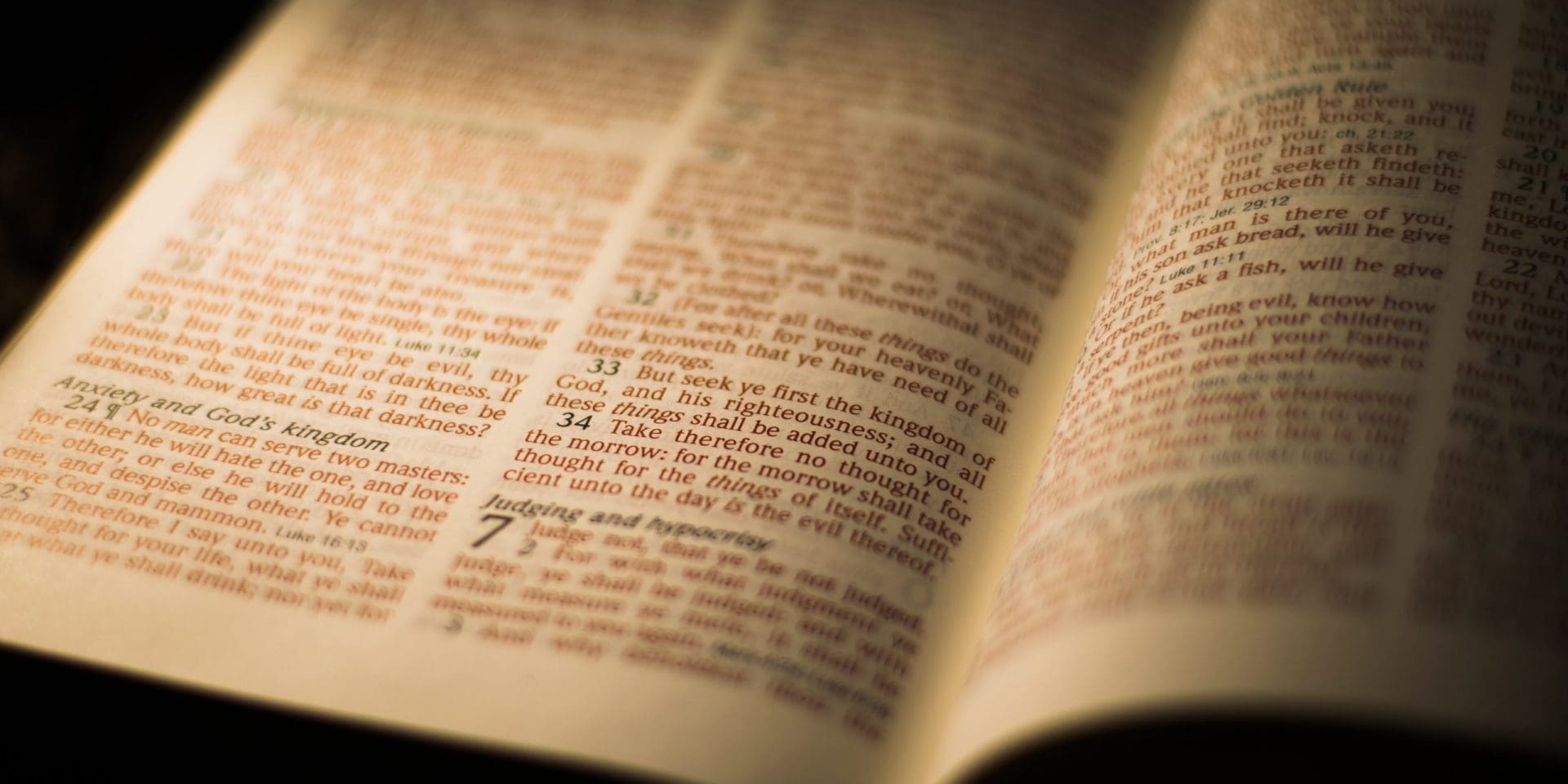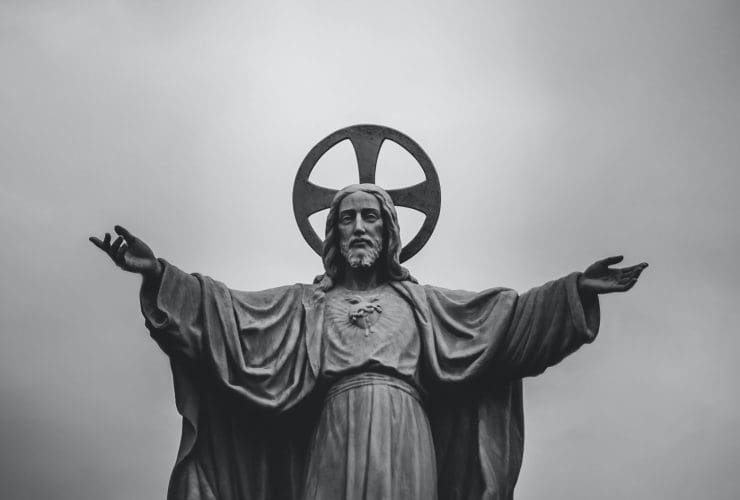Q:
“Corie thanks for you sharing your research. I noticed in Matthew 14:10 that John the Baptist body was burned by his disciples. Have you read anything about Jews and burning bodies?”
Preston
Hi Preston, thanks for your question. I was surprised to hear that your translation reads “burned”, in all of the English translations that I have checked Matthew 14:10 reads “beheaded” in reference to John’s death and then “buried” in 14:12 in reference to his disciples’ actions.
It would be a surprising twist if John the Baptist’s followers were said to have burned or cremated his body as that was not the Jewish custom of the day, nor of today for that matter. Cremation was widely practiced in the Roman Empire but Jews of the 1st century, like John the Baptist’s disciples, followed the “secondary burial” traditions of their ancestors. The body would be interned wearing their clothes or wrapped in linen. This internment at the time of John was done in rock cut, or cave family tombs. A year or so later people would return for the bones and deposit them in a repository carved into the cave or, as was popular in the 1st century, an ossuary (bone box). This secondary burial is responsible for the many mentions in the Old Testament of people being “gathered to their fathers” (cf. Gen. 49:29).
In terms of what the ancient Jews thought of cremation, historical sources leave us to guess, but we do know that they took treatment of the dead very seriously. This seriousness still exists in modern Israel as can be seen in the religious organization Zaka, they go to sites of natural disasters and terrorist attacks, find all human remains (even of their enemies) and bring them back to their families for burial ( https://www.zaka.us ). This respect is likely due to the inclusion of bodies being unburied as one of the curses for disobedience to the covenant found in Deuteronomy 28:26.
It is also clear from the Bible that the kings of Israel and Judah had lavish funerals that included a ceremonial fire, and perhaps the burning of incense, but the bodies themselves were laid in tombs as evidenced by the text and by the archaeological discovery of royal tombs in Jerusalem (cf. 2 Chron. 16:13-14).
The only exception to this rule that I know of in the Bible was the bodies of King Saul and his sons. These bodies were rescued from display on the walls of Beth Shean and 1 Samuel 31 tells us the flesh was burned off their bodies and then gathered and buried. This could be due to the advanced state of decomposition the bodies were likely in, and may give us the exception to the rule: Perhaps when bodies were deemed too far rotted, or shamed (like Saul, et al.), or perhaps dangerous (infected with disease) they may have been burned down to the bone. In the case of Saul, King David praised the men of Jabesh Gilead for their treatment of the royal bodies, letting us know this was seen as an appropriate thing to do at least in this situation.
I’ve tracked down some popular level articles that talk about Jewish burial practices from the Old Testament time down to modern day.
https://www.jewishvirtuallibrary.org/ancient-burial-practices
https://www.haaretz.com/jewish/.premium-the-history-of-jewish-burial-rites-1.5353617
I hope this helps –– Happy studying!

Corie Bobechko is a daily co-host, speaker, and writer of Bible Discovery. She also hosts a YouTube channel that shows how history and archaeology prove the Bible. Her heart for seekers and skeptics has led her to seek truth and share it with others. Corie also has a Bachelor of Theology from Canada Christian College.






